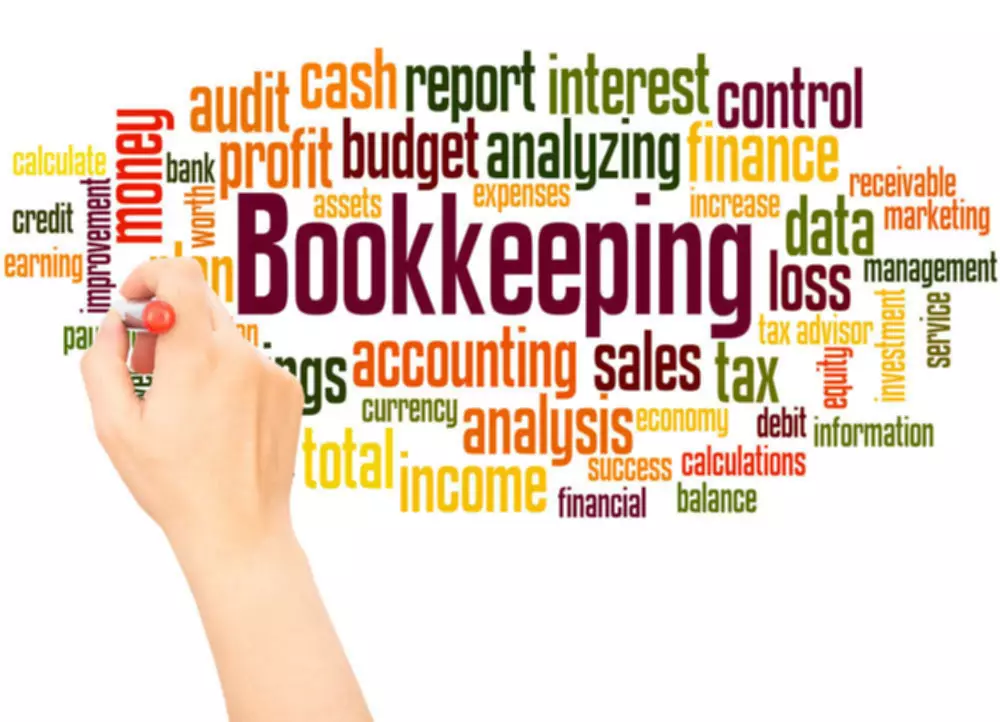Content

The quick ratio also doesn’t say anything about the company’s ability to meet obligations from normal cash flows. It measures only the company’s ability to survive a short-term interruption to normal cash flows or a sudden large cash drain.
- Suppose a company has the following balance sheet financial data in Year 1, which we’ll use as our assumptions for our model.
- A company with a healthy current ratio is less likely to default on its obligations, and is more likely to weather an economic downturn.
- The quick ratio only includes highly-liquid assets or cash equivalents as current assets.
- Bankrate.com is an independent, advertising-supported publisher and comparison service.
- You might obtain funds through the Small Business Administration , a venture capitalist, an angel investor, a crowd-funding campaign, family, or friends.
- A liquid asset is an asset that can easily be converted into cash within a short amount of time.
- These assets are known as “quick” assets since they can quickly be converted into cash.
This is an important difference when it comes to determining the ability of your company to pay its short-term liabilities, which is what the quick ratio is designed to do. If the quick ratio for your business is less than 1, it means that your liabilities outweigh your assets, while a quick ratio of 10 means that for every $1 in liabilities, you have $10 in liquid assets. Pay back its debts , especially during uncertain economic conditions. You can use it to monitor your liquidity so that you’re always prepared if problems arise and lenders come knocking. The quick ratio is important because it’s a good way to measure a company’s liquidity.
What is a liquidity crisis?
A current ratio of less than 1.0 is generally considered to be unhealthy. And a current ratio of more than 2.0 is generally considered to be very healthy. It has short-term liabilities such as debt payment, payroll and inventory costs due within the next 12 months in a total amount of $40 million. The credit standing of the end customer, in addition to the financial stability of the borrowing company, may affect the rate. However, an extremely high quick ratio isn’t necessarily a good sign, since it may indicate the company is sitting on a significant amount of capital that could be better invested to expand the business. In fact, such a company may be viewed favorably by the equity or debt capital markets and be able to raise capital easily.

In Year 1, the quick ratio can be calculated by dividing the sum of the liquid assets ($20m Cash + $15m Marketable Securities + $25m A/R) by the current liabilities ($150m Total Current Liabilities). Due to the prohibition of inventory from the formula, this ratio is a better sign than the current ratio of the ability of a company to pay its instant obligations. This company is able to cover its current liabilities 12 times with their assets that are quickly converted to cash. A high days receivable outstanding metric means getting cash in the door from invoices takes a while.
Helpful terminology for calculating ratios
Prepaid expenses are excluded from the quick ratio, since this line item represents expenditures that have already been made; therefore, prepaid expenses cannot be liquidated to pay for any current liabilities. The current ratio and the quick ratio are two of the most important financial ratios. The main difference between the two ratios is that the current ratio includes inventory in its calculation, while the quick ratio does not.
- Current liabilities are defined as all expenses a business is due to pay within one year.
- You may not receive full payment in cash or credit at the point of sale.
- Net liquid assets is a measure of an immediate or near-term liquidity position of a firm, calculated as liquid assets less current liabilities.
- This is an interest-bearing account that holds reserve funds until they are needed.
And a quick ratio of more than 1.0 means that a company has more liquid assets than it needs to cover its liabilities. Sometimes company financial statements don’t give a breakdown of quick assets on thebalance sheet. In this case, you can still calculate the quick ratio even if some of the quick asset totals are unknown. Simply subtract inventory and any current prepaid assets from the current asset total for the numerator. If your company’s quick ratio is below the average for your industry and market, you can improve it in a number of ways. The main limitation of the quick ratio is that it assumes a company will meet its obligations using its quick assets.
How to Calculate Quick Ratio
Investors, suppliers, and lenders are more interested to know if a business has more than enough cash to pay its short-term liabilities rather than when it does not. Having a well-defined liquidity ratio is a signal of competence and sound business performance that can lead to sustainable growth. This indicates that measures should be taken to make sure that the company is not in danger of insolvency. The acid test is, therefore, an essential tool that helps investors to avoid taking unnecessary risks. A current ratio tells you the relationship of your current assets to current liabilities.
Aviva PLC Trims Stake in Devon Energy Co. (NYSE:DVN) – MarketBeat
Aviva PLC Trims Stake in Devon Energy Co. (NYSE:DVN).
Posted: Tue, 21 Feb 2023 12:45:00 GMT [source]
In addition, the https://www.bookstime.com/ could have to pay high interest rates if it needs to borrow money. At the end of the forecast period, Year 4, our company’s ratio remains relatively unchanged at 0.5x, which is problematic as the concerns regarding short-term liquidity remain. Suppose a company has the following balance sheet financial data in Year 1, which we’ll use as our assumptions for our model. Evaluation of closing stock can be sensitive and may not always be at retail value. Therefore, the quick ratio is not impaired, as there is no requirement for the valuation of the closing stock. As no bank overdraft is available, current liabilities will be considered quick liabilities. This includes all obligations by the business for which suppliers have not yet issued an invoice.
The Quick Ratio In Practice
However, a Quick Ratio of 1.0 or higher is generally considered to be healthy. A quick ratio of less than 1.0 is generally considered to be unhealthy. And a quick ratio of more than 2.0 is generally considered to be very healthy. A survey of these basic tools for analyzing a company can help you be a more successful investor.

